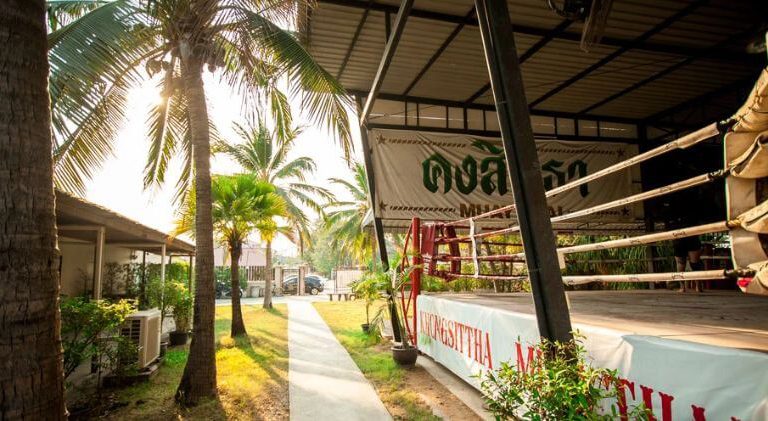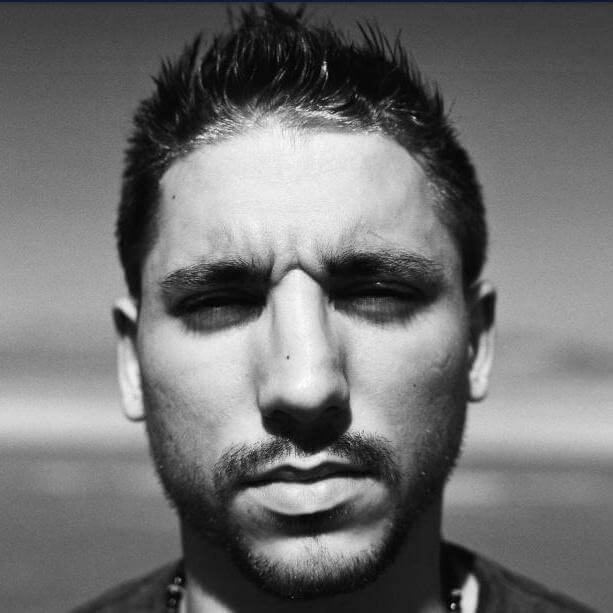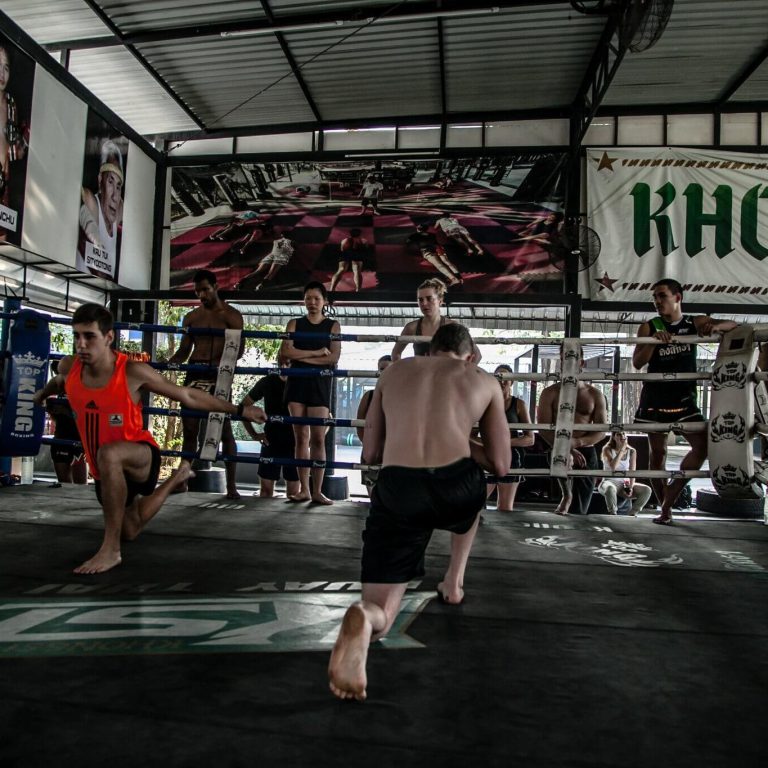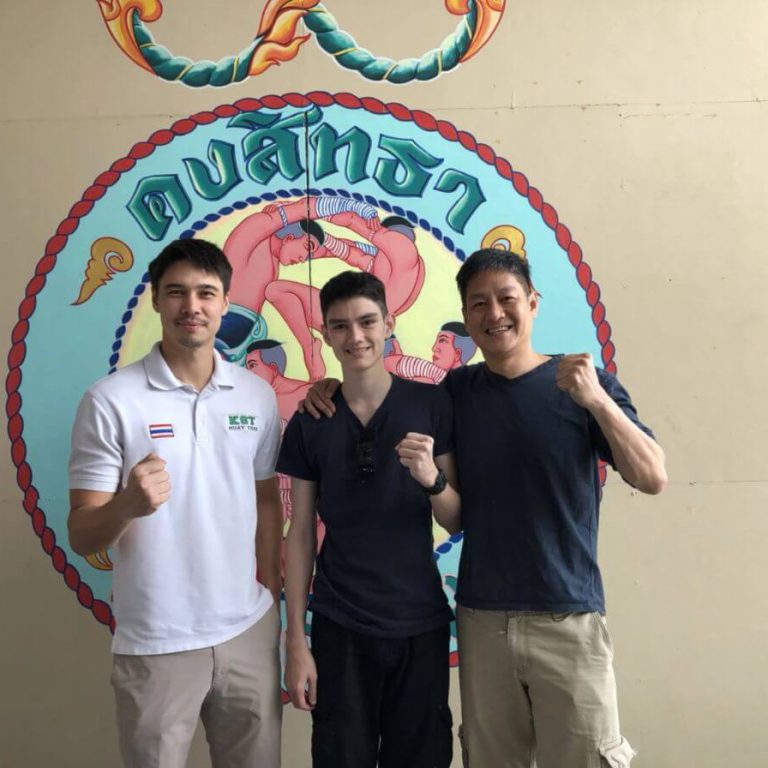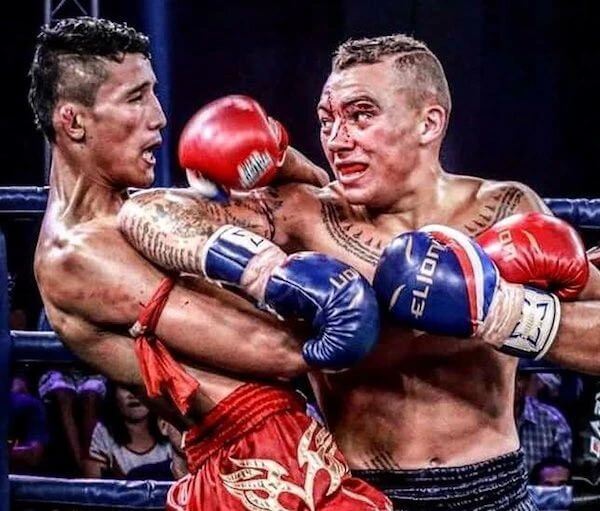
When it comes to performance in martial arts, one of the hottest subjects of debate right now is the adverse side effects of cutting weight to compete. Just recently, Scottish Muay Thai fighter Jordan Coe supposedly died of heat stroke trying to cut weight before a fight. Our condolences go out to the family of Jordan and fortunately thousands have raised cash to bring him back to his homeland. This article was created to bring awareness to the dangers of weight cutting, and what various experts, both Thai and International, think about this aspect of competition.
Because of the high level of stress being put on your body, there can be some deadly and sometimes irreversible damage done. While it has come under scrutiny recently because of the recent deaths that have occurred the last few years, there are some critical aspects that need to be considered when deciding to cut weight for a fight.
What Weight Cutting Does To Your Body

The main physical threat behind these weight cuts is dehydration and its long-term effects. Cutting often can result in damaged kidneys, hearts, and both these organs could fail. There are psychological effects too that are harmful to a professional athlete. Think how you feel not being able to eat when you would like to. Now imagine subjecting yourself to that on a consistent basis. Disorders, mood swings, and hormonal imbalances are quite common for professional fighters.
The US National Library of Medicine states the following about the effects of dehydration on exercise performance:
The effects of hypohydration may vary, depending on whether it is induced through diuretics or sauna exposure, which substantially reduce plasma volume, or prior exercise, which has much less impact on plasma volume. Hypohydration reduces aerobic endurance, but its effects on muscle strength and endurance are not consistent and require further study.
While there isn’t a significant, long-term amount of study behind weight cutting, it’s obvious that there are harmful side effects and that the effect to your metabolism is quite huge.
A History of Trouble
Weight cutting has always been scrutinized because of the inherent danger that fighters put themselves in when trying shed those few extra pounds. In 2015, 21-year-old Chinese prospect Yang Jian Bing passed away as he was cutting weight for ONE Championship’s 35th event. Because of this, One FC redeveloped their weigh-in system and could potentially be a pioneer when it comes towards making weight-cutting less dangerous.
Here are the details of the policy:
1. Athletes must submit their current walking weight and daily training weight regularly. Athletes will input and track their daily weight online via a dedicated web portal. Athletes may input data weekly but must include daily weights.
2. Athletes will be assigned to their weight class based on collated data and random weight checks. Athletes are not allowed to drop a weight class when less than 8 weeks out from an event.
3. During fight week, weights are checked daily. Urine specific gravity will also be checked the day after arrival and 3 hours prior to the event. Athletes must be within their weight class and pass specific gravity hydration tests all week and up to 3 hours before the event. If an athlete falls outside the weight, or fails a test, they are disqualified from the event. Doctors may request additional testing at their discretion.
4. Catch weight bouts are allowed. However, the athlete with the higher weight will not be heavier than 105% of the lighter opponent’s weight.
5. ONE will conduct random weight checks on athletes at our discretion.
6. Athletes may petition to change weight classes outside of the 8-week competition zone and must be within their new desired weight at that time. In addition, athletes must pass a specific gravity urine test when their weight is within the limits of the newly petitioned weight class. ONE doctors can request additional testing to determine the amount of weight drop allowed over a specific time.
7. The usage of IVs for the purpose of rehydration will not be allowed.
Overage and limits of weight reduction:
· 3 weeks to event day: Athlete must be within contracted weight class
· 4 weeks: 1.5% bodyweight over max
· 5 weeks: 3%
· 6 weeks: 4.5%
· 7 weeks: 6%
· 8 weeks: +6% max over.
(ONE Chief Doctor may approve up to +/- 0.5% maximum error in any weekly weight check)
This is a great step towards making the sport less dangerous, and hopefully more promotions will follow suit as martial arts on a competitive level grows.
Weight Cutting in Muay Thai
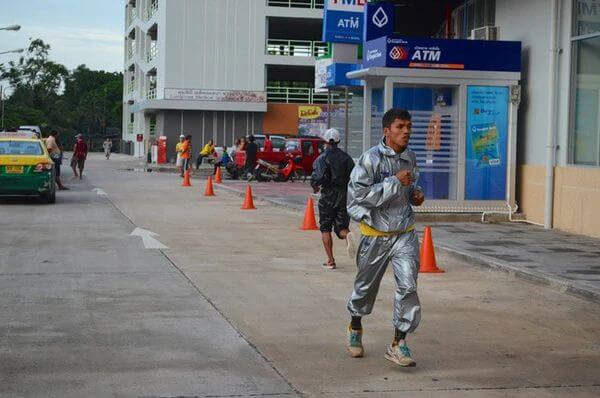
The theories behind weight cutting in the sport of Muay Thai have remained unchanged for over four decades. In Thailand, Nak Muay are typically walking around always within a few kilos of there weight. The main reason behind this is because of the frequency of fighting that they do. Their western counterparts usually have two (sometimes more) months to get to their decided fight weight. Lindsey Newhall of Vice’s Fightland has a great article here about Ya Kiatpech, a fighter-turned trainer who administers IV drips to fighters to combat the effects of a severe weight cut.

Richi Huerta, professional Muay Thai Fighter and resident sports science coach at Khongsittha Muay Thai has both his opinion on weight cutting in Muay Thai and advice on how to properly weight cut before a fight.
My opinion is this sport has to have weight categories because the idea is making a balanced competition. Fighters must be in the same weight because when they are the same weight, there are no serious differences in body composition. Fighting with someone who is three kilograms heavier is risky because the power you can produce with the additional weight means more damage can be done to people who have less weight than you.
When asked about whether or not weight cutting is dangerous:
I believe that weight cutting is dangerous. The problem is that people don’t do it properly. They don’t know how to do it. It’s a dangerous and part of the game. If you’re cutting 2-3 kilograms, it’s not as dangerous as someone who needs to cut 5 or more kilograms. The most weight I’ve cut is 4 kilograms, but will be cutting 5 kilos for my upcoming fight. If you plan properly, you will not have to cut so much water weight.
I believe that you must incorporate a strict diet three weeks prior to a fight. First off, you must eat healthy always. Healthy doesn’t mean cutting carbs when you’re training or cutting fats. This is all essential fuel for your body; cutting them does not make you healthier. Keep good sources of protein in your body at all times, and keep it balanced. I reduce fruit intake and increase brown rice and oats intake. Keeping a high amount of fiber in the food you eat while keeping your glycemic index low is critical to having a properly functioning body when weight cutting.
On your last week of training, having to cut more than three kilograms can put a very high amount of stress on your body, physically and mentally. Cutting salt out of your diet at this time will help you push out the water. Reduce your food portions this at this time. Avoid the sweat sauna until the last day. People commonly think that the sweat suit and sweat sauna will help you burn fat faster. Keep in mind that you are also losing essential minerals like sodium and only drinking water will not replenish them. You will not be properly hydrated, even after sweating profusely.
If you need to lose that extra 1-2 kilograms of water weight a day before weigh-ins, it will not be dangerous. Also, if you’re following a proper, healthy diet, and doing it the right way, there shouldn’t be any problems. However adding up all of these stressful situations will make it more dangerous, more stressful, and potentially life threatening.

